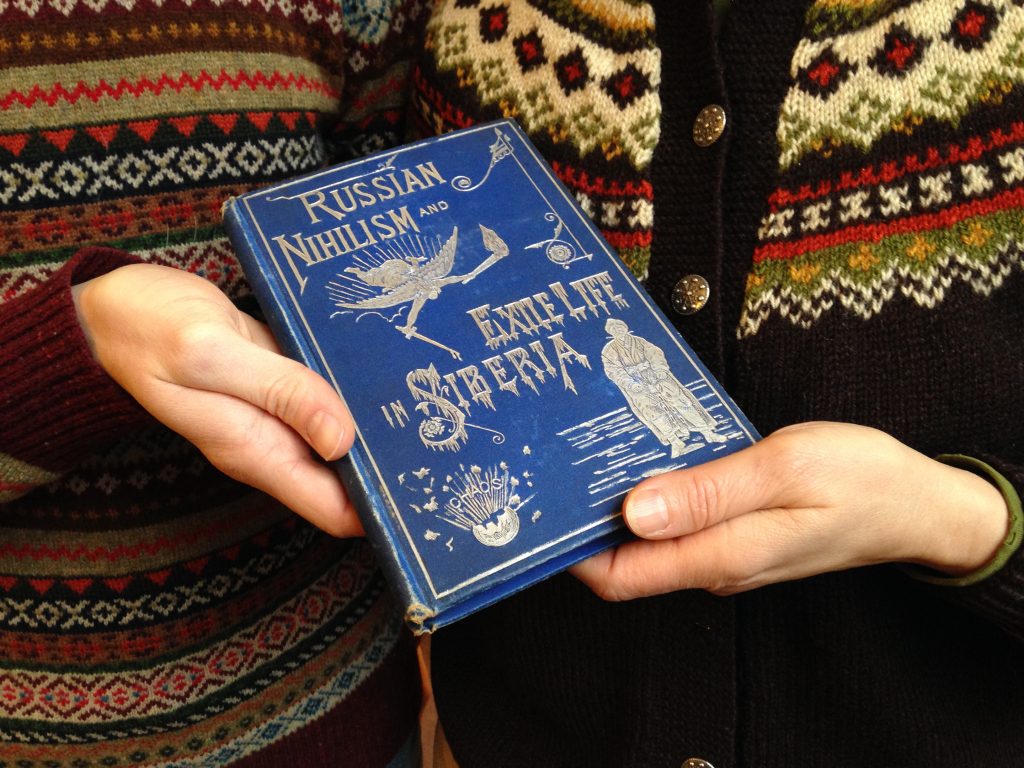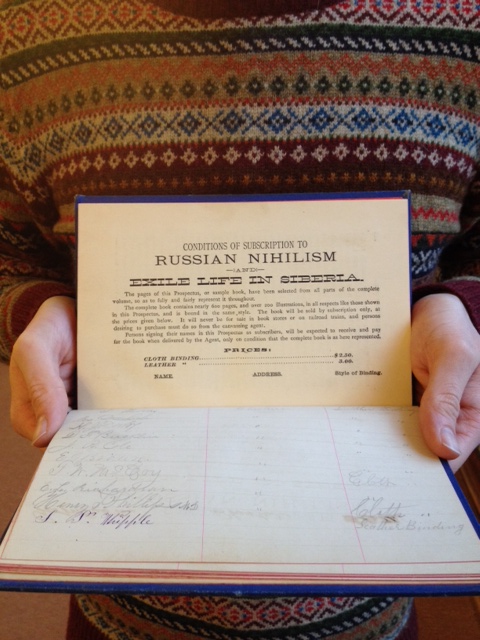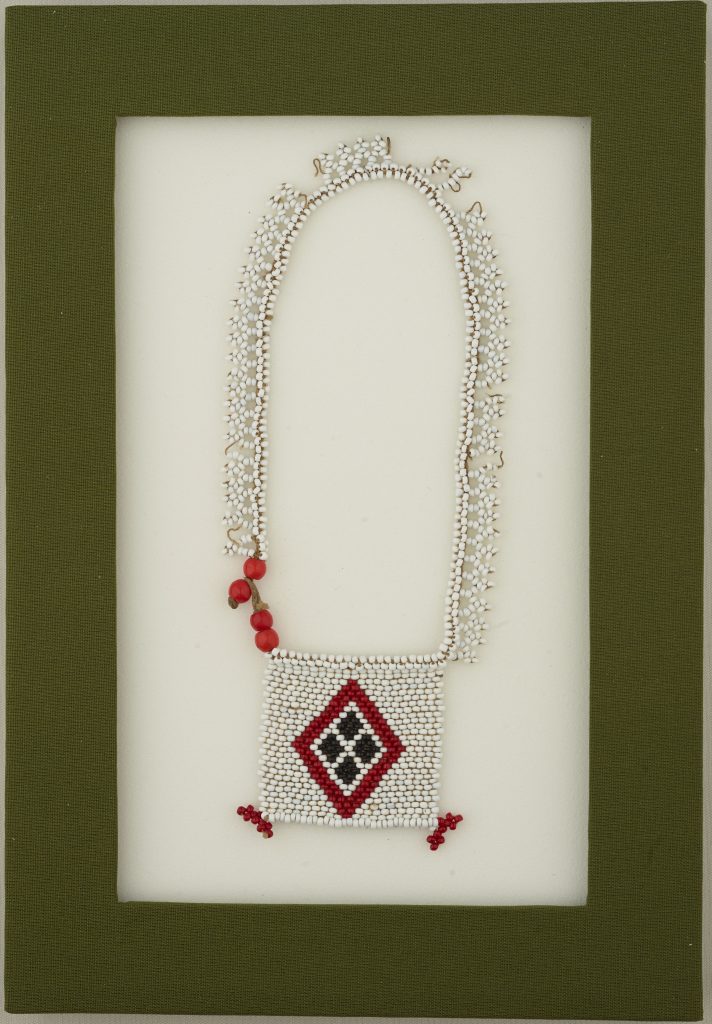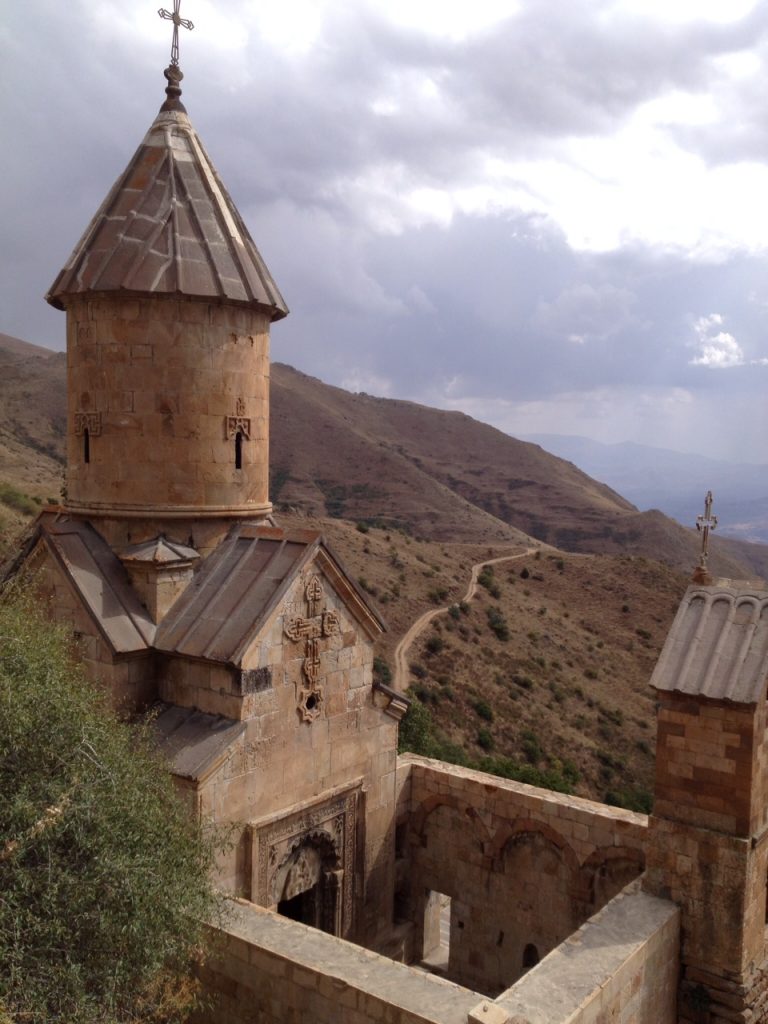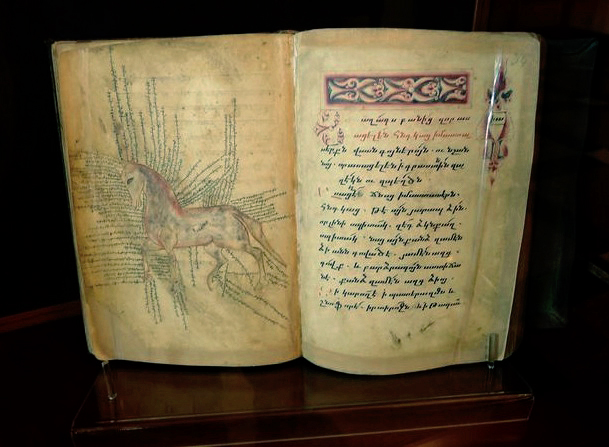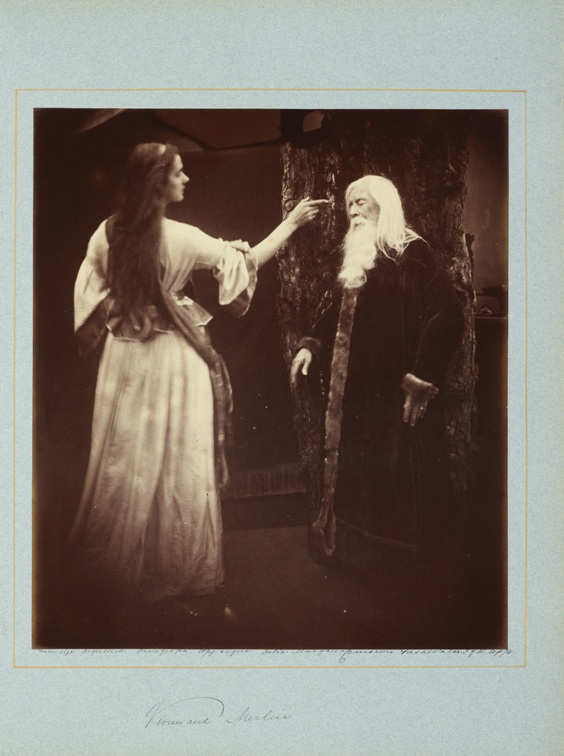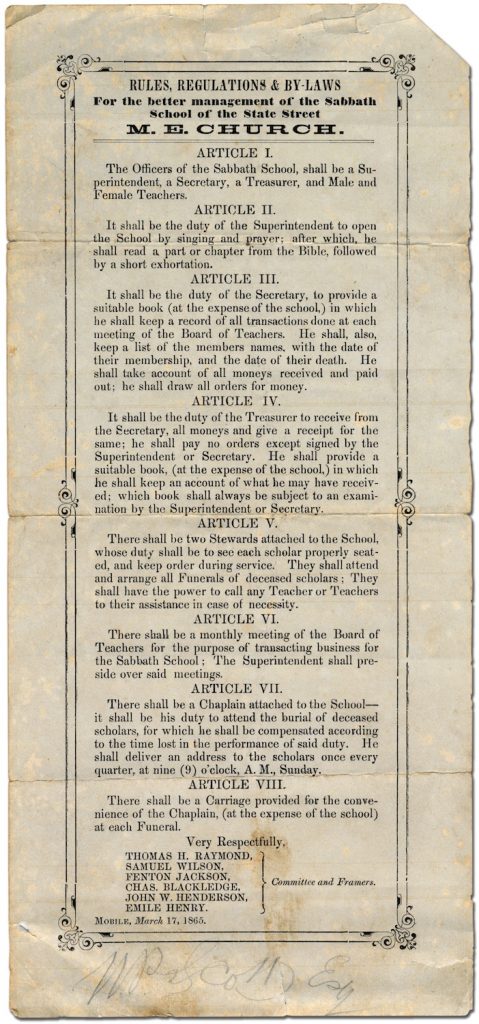
We couldn’t let Black History Month pass without blogging about the Rare Book Collection’s outstanding resources for the study of the Black tradition. Here we highlight a recent acquisition and an extraordinary survival. This ephemeral broadside for the Sabbath School of the State Street M.E. Church is an African-American imprint, dateline Mobile, Alabama, March 17, 1865. There is only one other printing issued in the Confederate States of America known to be of African-American authorship.
This single sheet gives the rules, regulations, and by-laws for a school that appears to have became the first one for African-Americans in the state of Alabama. Sabbath schools were different from the Sunday schools of our era, offering non-religious instruction on the Sabbath, that day being the only one of the week that the laboring classes might have free. The creation of a school for African Americans was a bold move, and this document was produced on the very day that Union forces began their campaign to take the port city.
The State Street Methodist Church was founded in 1829 as a mission of the Methodist Episcopal Church, later the Methodist Episcopal Church, South. It came to have a congregation of 500 full members by 1855, when an imposing Italianate structure had been erected as its home. The landmark building still exists in Mobile.
In Urban Emancipation: Popular Politics in Reconstruction Mobile, 1860-1890 (Baton Rouge, 2002), Michael W. Fitzgerald notes that “less than one month after the city fell, the ‘State Street M.E. Colored Church’ opened a school with the assistance of a northern aid society. Ten days later over five hundred students were in attendance, gathered from churches throughout the city.” The broadside now in the RBC would seem to relate to that school’s origins and history. It also elicits all kinds of queries: from the circumstances of access to a printing press to the identities and lives of the “Committee and Framers,” a few of whom can be found in the 1870 census for Mobile, with their “Color” listed variously as Mulatto or Black.
Other schools for African Americans rapidly opened in Mobile in the wake of State Street’s. Tragically, at least two were destroyed by arson. A true rarity, the RBC’s broadside provides material evidence of the Black quest for education in the United States and opens up new avenues for thought and research on Reconstruction and Black history in the American South.


